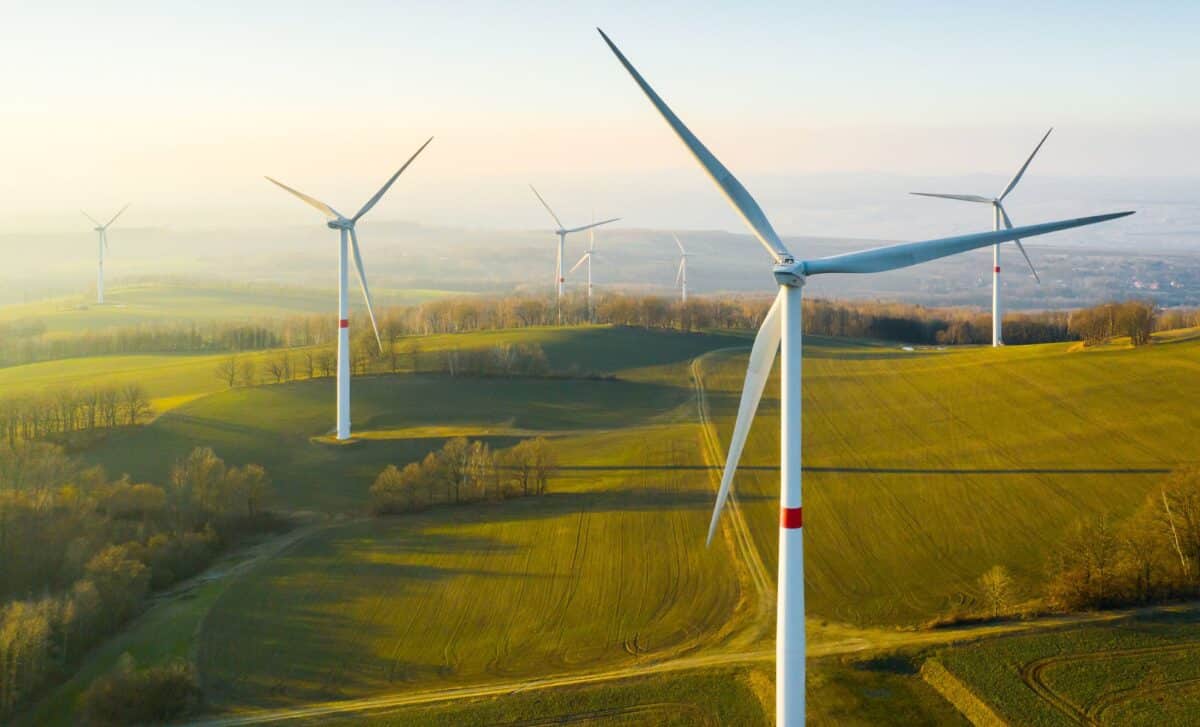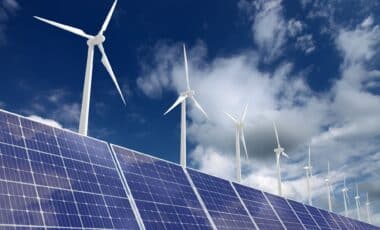South Australia’s ambitious goal to rely solely on renewable energy by 2027 is prompting fresh debate about energy reliability. Despite its leadership in solar and wind adoption, the state recently had to lean heavily on fossil fuels to keep the lights on.
The Australian Energy Market Operator (AEMO) confirmed that South Australia now generates more than 70% of its electricity from renewable sources, with wind contributing the largest share. But recent energy shortfalls highlighted a critical vulnerability in this approach, forcing the state to depend on gas and diesel for nearly two full days.
Blackout Risk Resurfaces as Renewables Dominate the Grid
Between 21 and 22 May 2025, South Australia experienced a marked drop in wind generation, compelling the grid to draw 60% of its electricity from gas-fired power stations and an additional 2% from diesel generators, according to data from AEMO.
While such occurrences are not new, the incident reignited concern about the risks posed by renewable intermittency.
Wind farms produced 6,651 GWh of electricity in the 2022–23 period, making them the largest single source in the state. Yet when conditions are calm, the absence of substantial storage or backup capacity quickly creates supply instability.
To bridge the gap, South Australia also imports electricity from neighbouring Victoria, where 69% of power is generated by brown coal and 9% by gas.
The incident underscores a structural issue: renewables are weather-dependent. As a result, they cannot consistently meet demand without either large-scale energy storage or supplementary generation.
According to the energy consultancy Energyse, the state’s dependency on renewables is a major driver behind its electricity rates—the highest in Australia. Single-use rate plans in South Australia now exceed 40 cents per kilowatt-hour, which is 49% more than the average across the National Electricity Market (NEM).
High Energy Costs Fuel Debate Over Transition Strategy
Adelaide, South Australia’s capital, has become the most expensive city in the country for household electricity. A typical two-person household faces rates of 47.1 c/kWh, once daily usage charges are considered, according to Energyse. These figures have sparked criticism from some quarters about the long-term feasibility of a fully renewable grid.
Critics argue that the need for massive infrastructure investments—spanning storage systems, transmission lines, and standby fossil fuel plants—renders renewables economically burdensome. During periods of low sun and wind, particularly in winter, the state remains exposed to blackout risk and price surges.
Proponents of renewables acknowledge the transition challenges but highlight the long-term environmental and economic benefits of reducing carbon dependency. Still, incidents like the May shortfall illustrate the pressing need for integrated planning and realistic expectations regarding grid reliability during the shift to net-zero.









